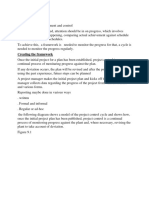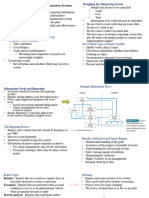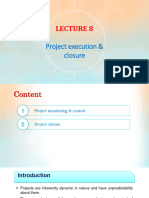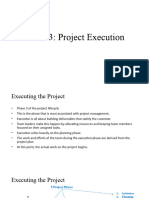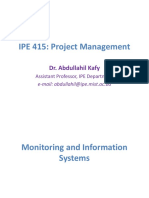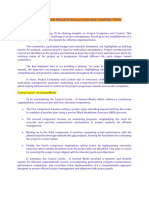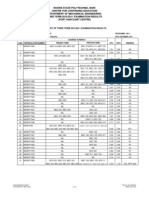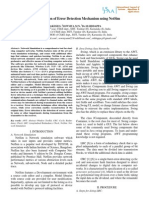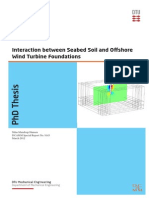0% found this document useful (0 votes)
11 views10 pagesUnit 3
This document outlines the framework for project management and control, detailing processes such as data collection, progress visualization, cost monitoring, and earned value analysis. It emphasizes the importance of managing contracts and change control to ensure project objectives are met efficiently. Additionally, it highlights the benefits of effective project tracking and software configuration management in maintaining project alignment with goals and budgets.
Uploaded by
sangeethak.rvitmCopyright
© © All Rights Reserved
We take content rights seriously. If you suspect this is your content, claim it here.
Available Formats
Download as DOCX, PDF, TXT or read online on Scribd
0% found this document useful (0 votes)
11 views10 pagesUnit 3
This document outlines the framework for project management and control, detailing processes such as data collection, progress visualization, cost monitoring, and earned value analysis. It emphasizes the importance of managing contracts and change control to ensure project objectives are met efficiently. Additionally, it highlights the benefits of effective project tracking and software configuration management in maintaining project alignment with goals and budgets.
Uploaded by
sangeethak.rvitmCopyright
© © All Rights Reserved
We take content rights seriously. If you suspect this is your content, claim it here.
Available Formats
Download as DOCX, PDF, TXT or read online on Scribd
/ 10





















